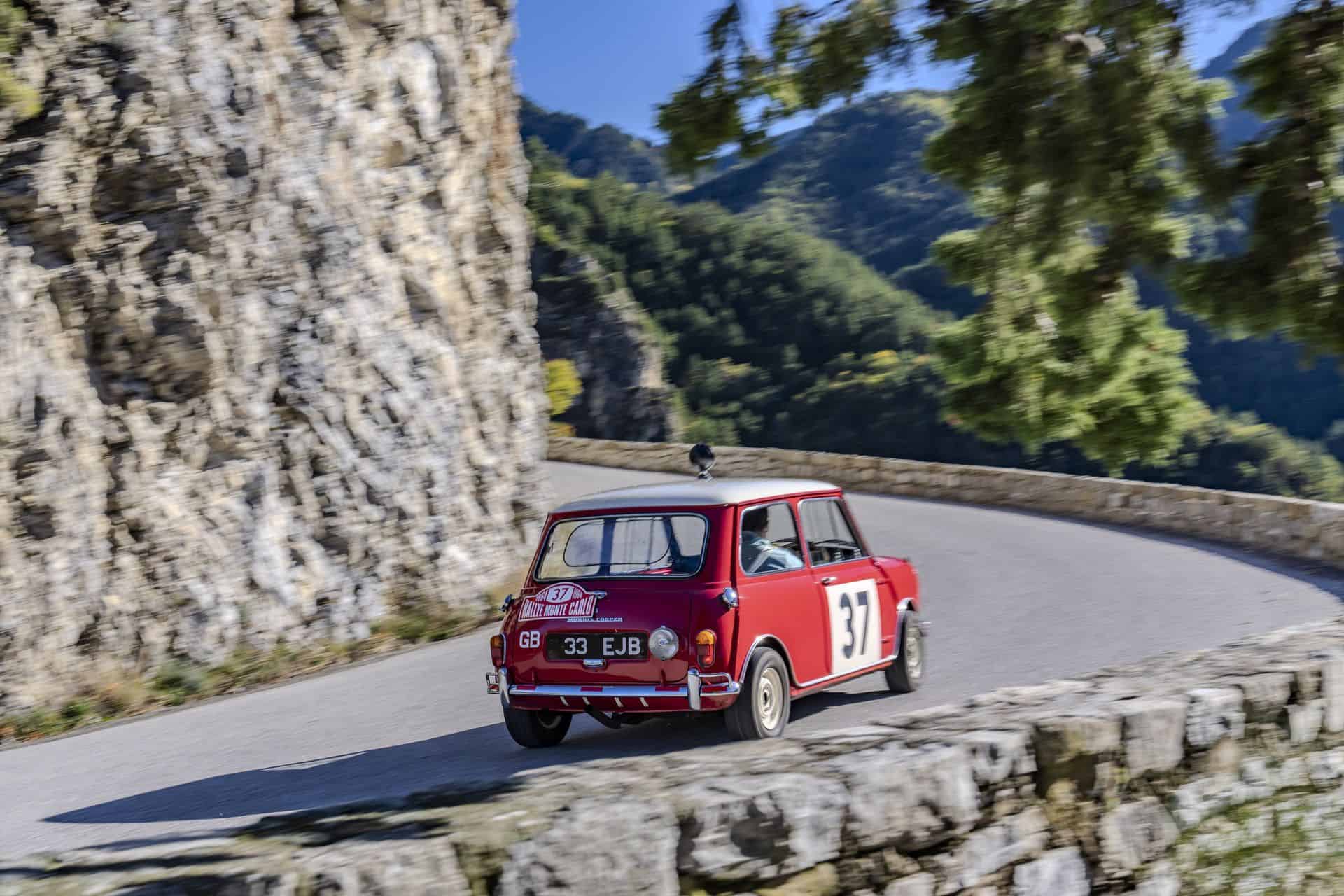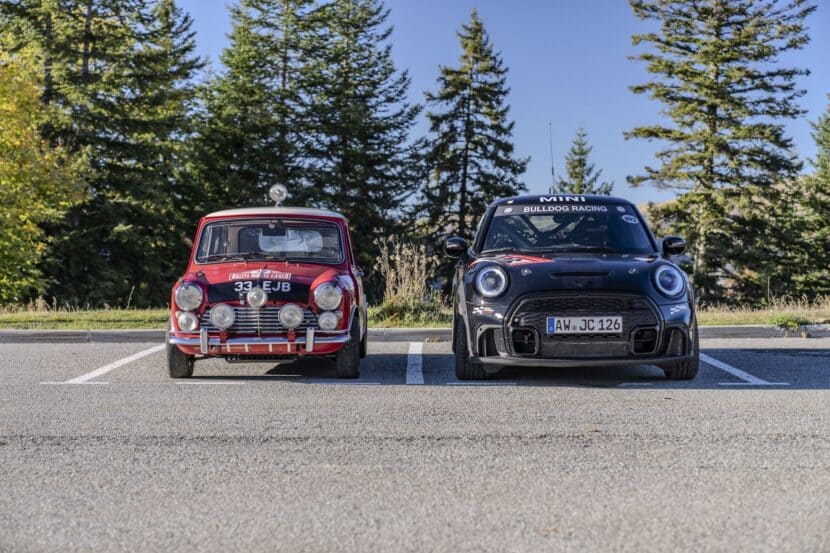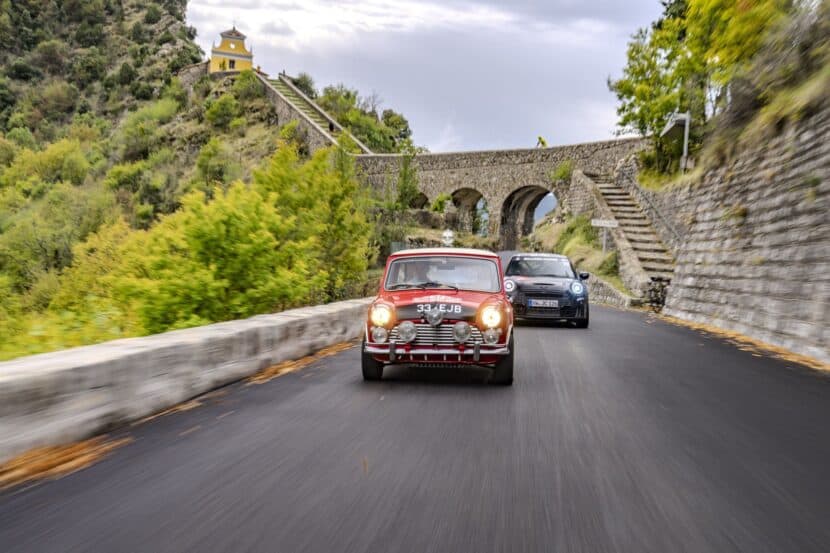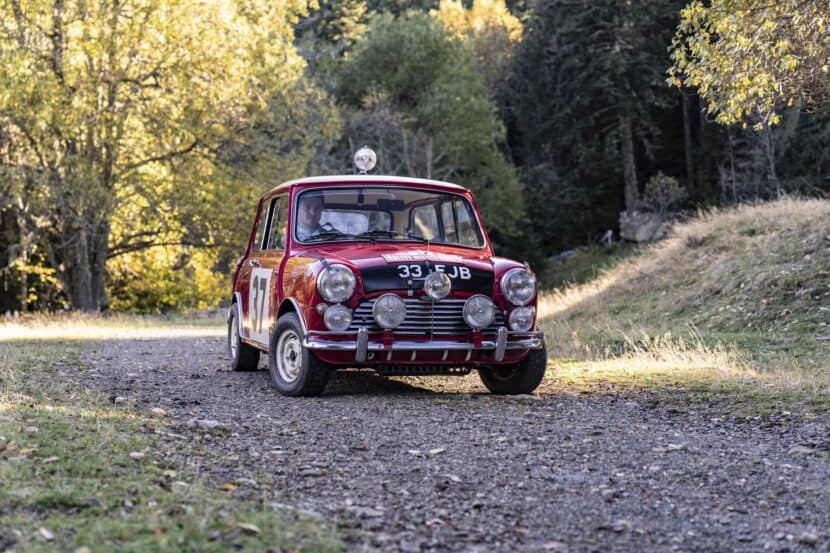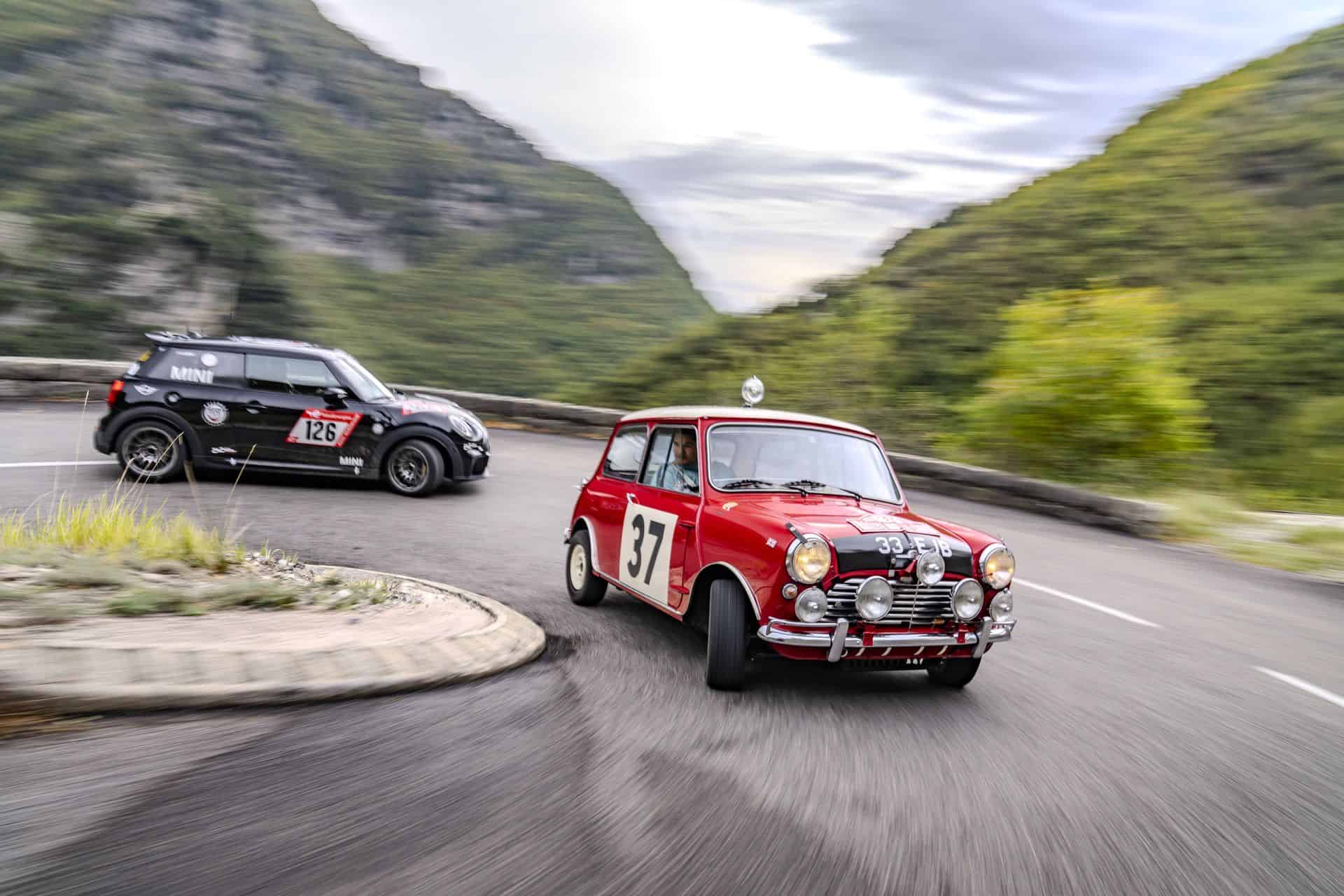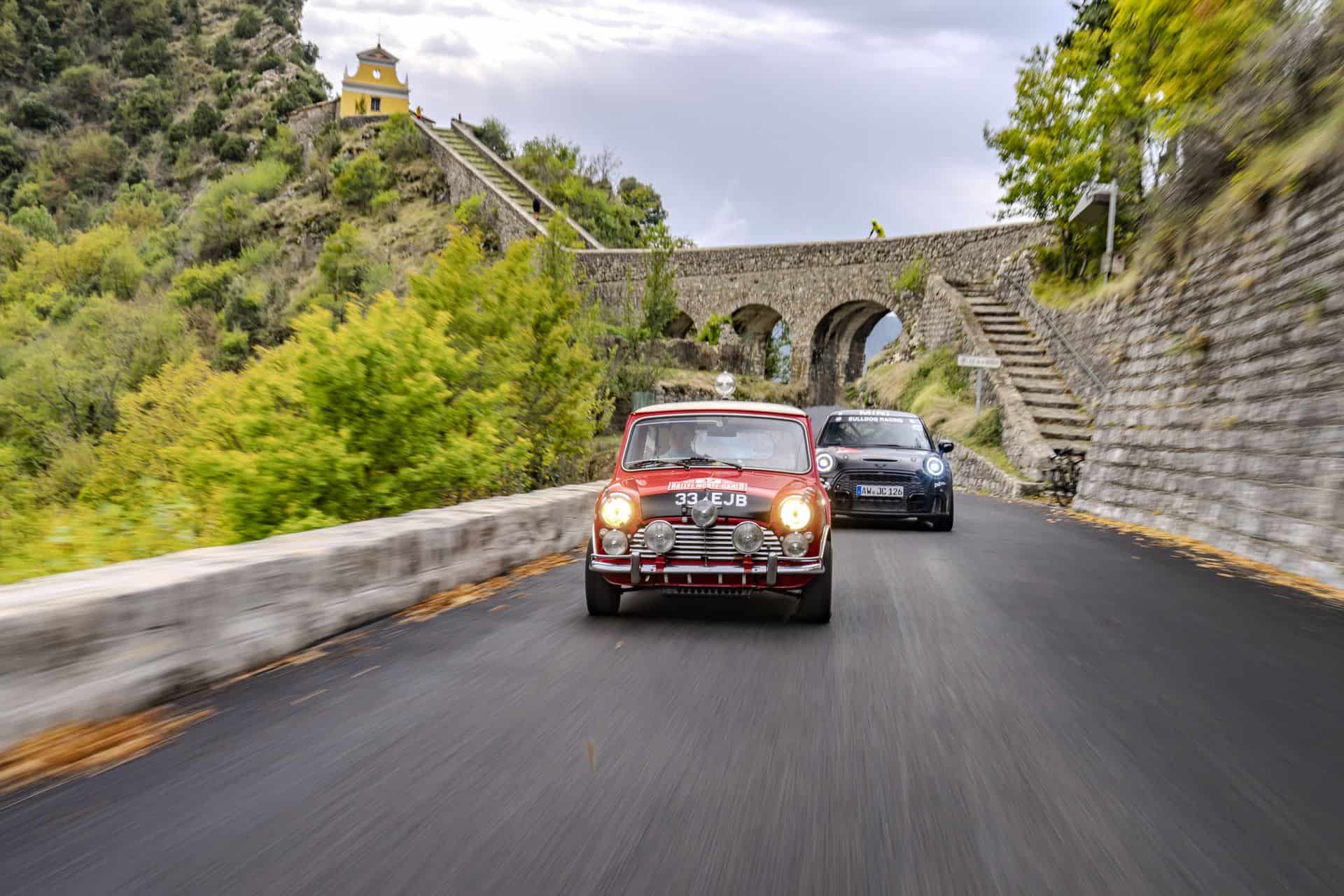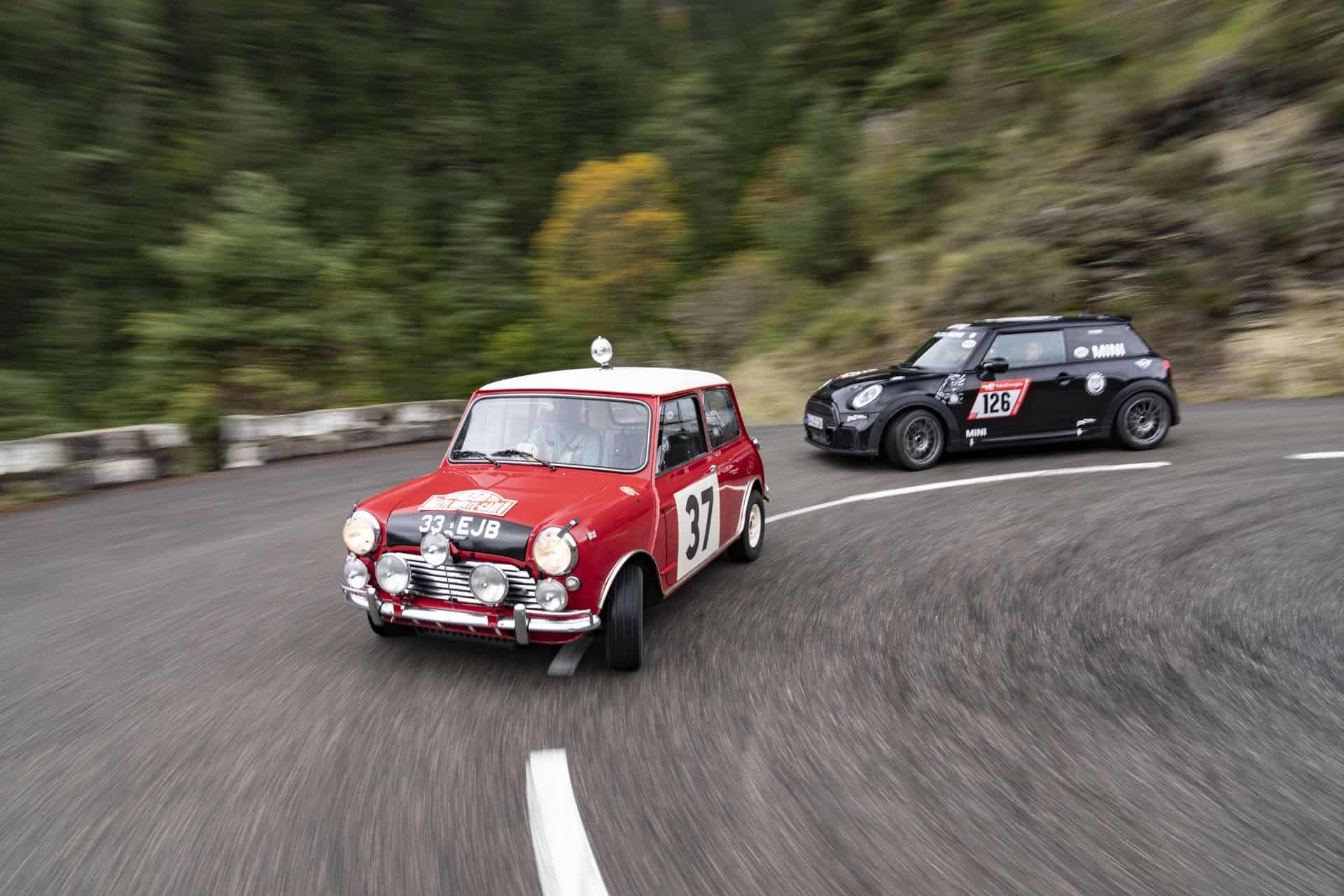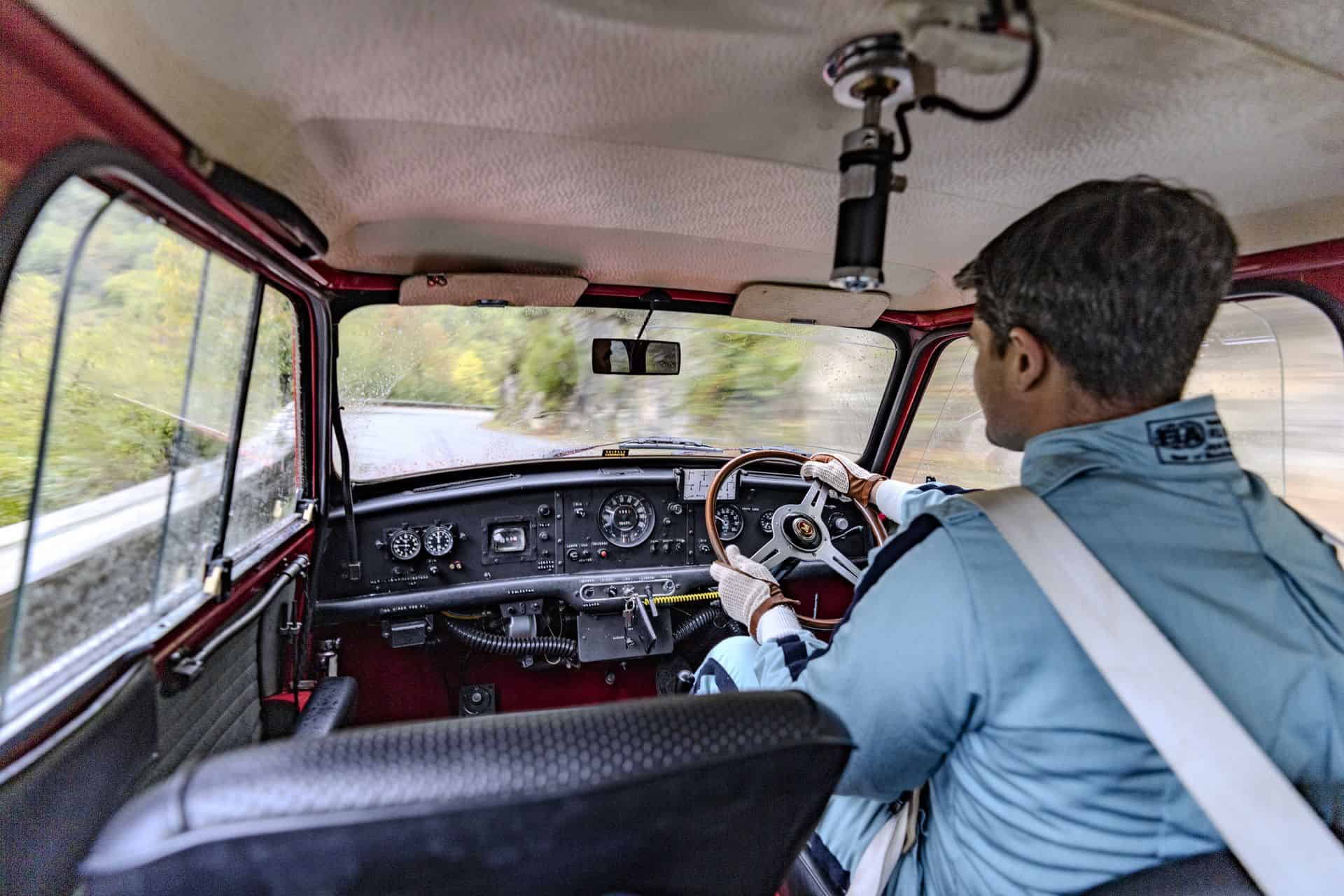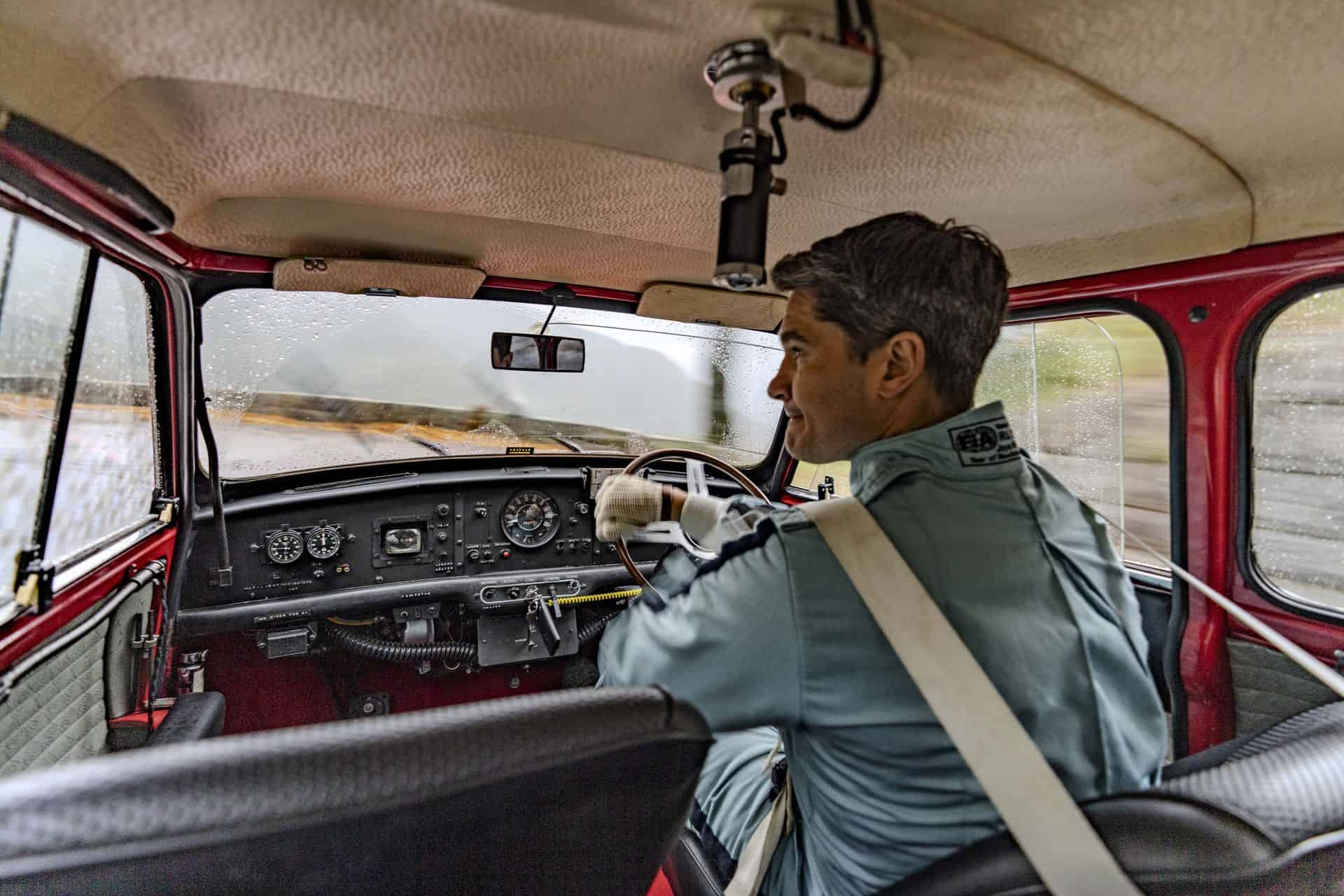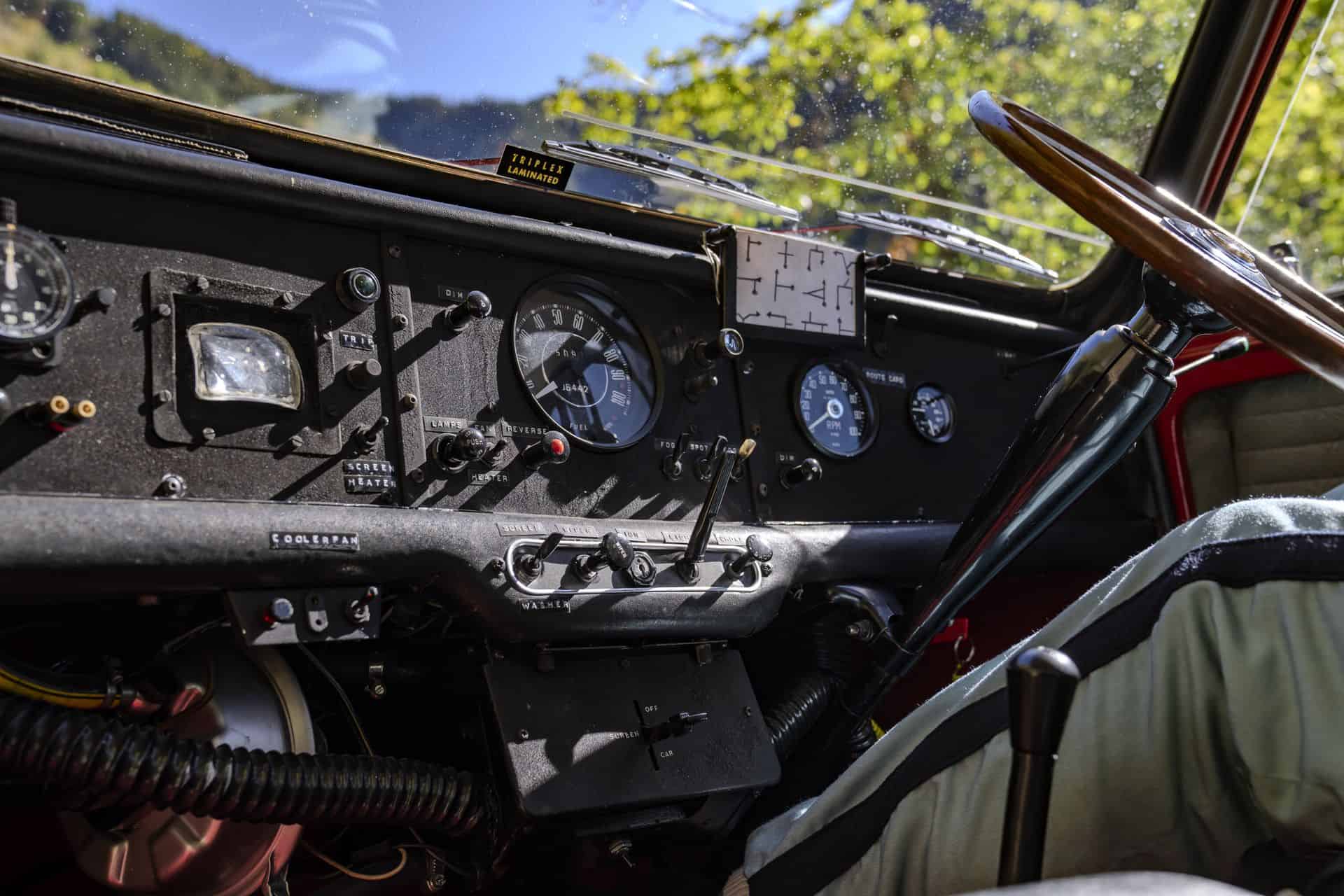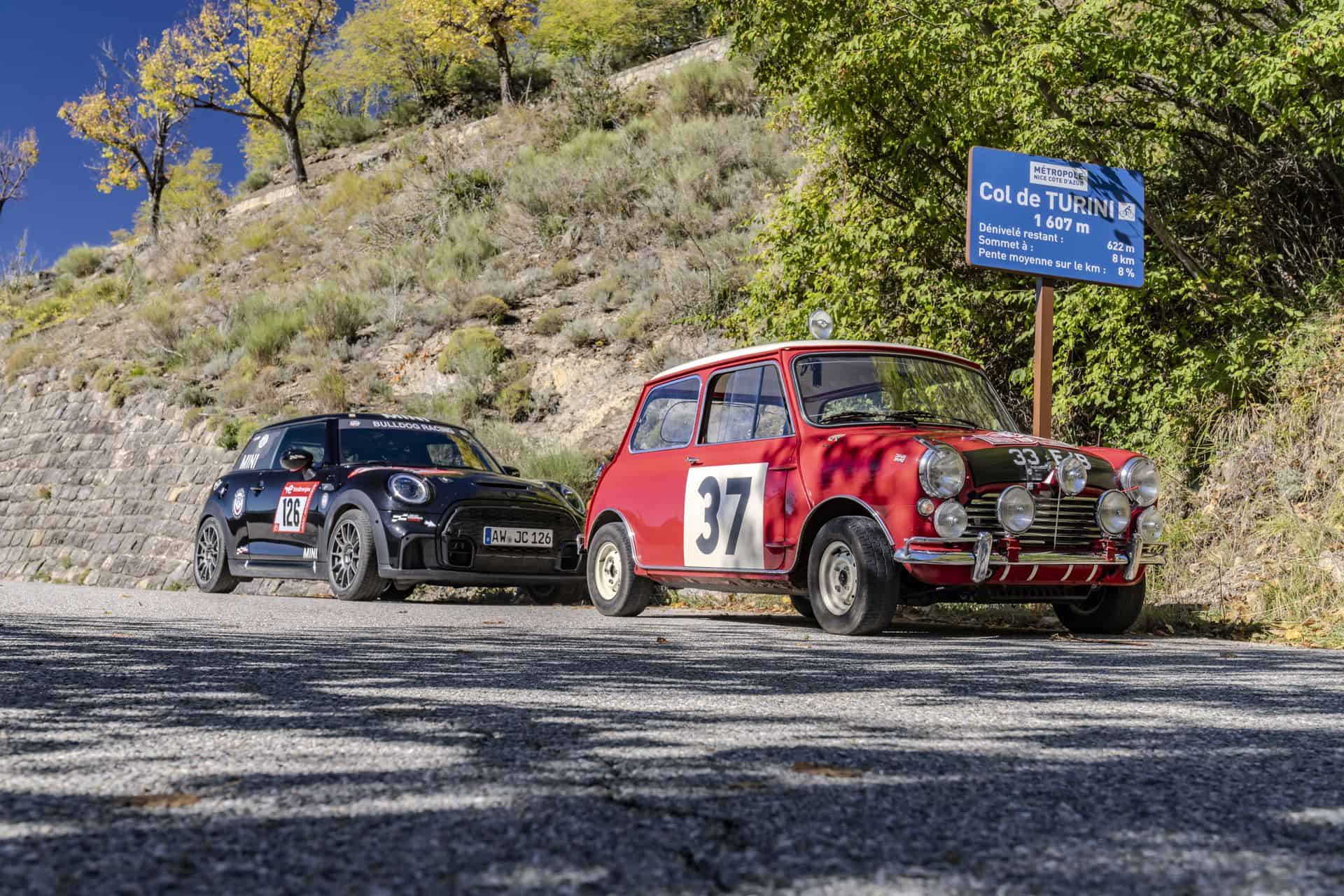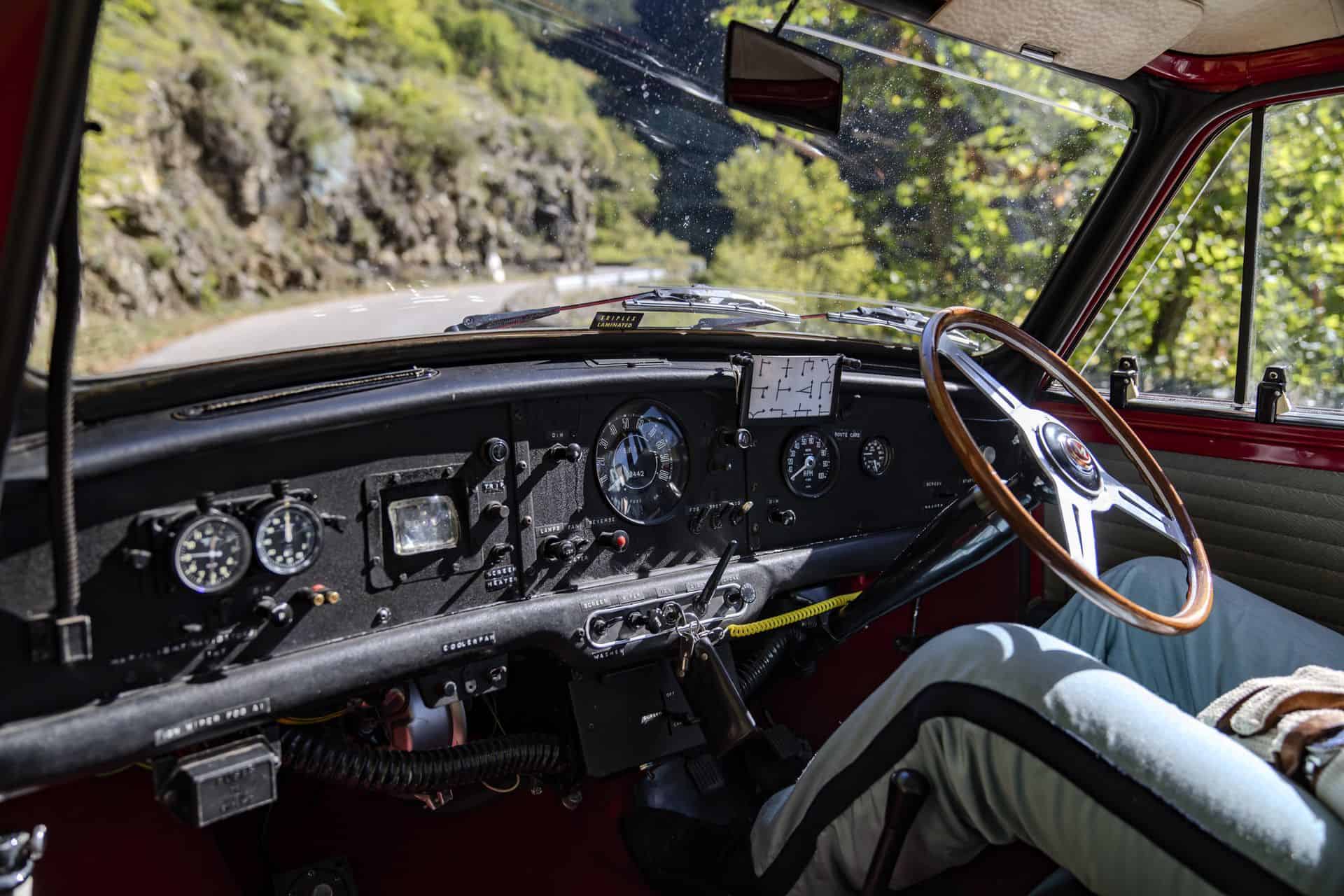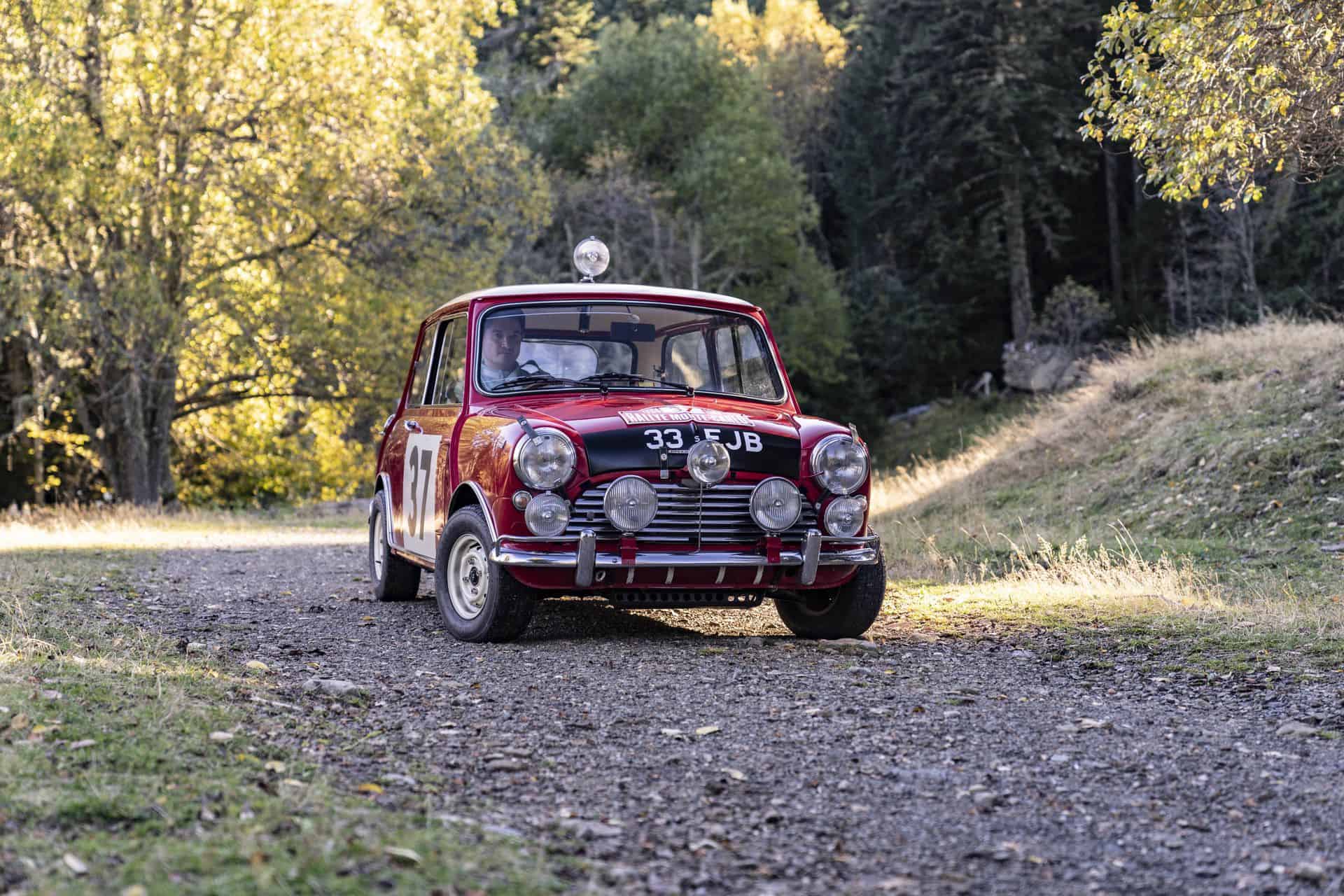This year marks the 60th anniversary of one of the most remarkable achievements in international motorsport history. The victory of the Mini Cooper S at the Monte Carlo Rally in 1964, driven by Irishman Patrick “Paddy” Hopkirk, not only showcased the car’s prowess but also set the stage for a series of triumphs. This article delves into the reasons behind Mini’s success, highlighting its impact on motorsport and its enduring legacy.
The Birth of Mini Cooper S: Blueprint for Modern Small Cars
At the end of the 1950s, traditional rally cars dominated the scene, but Alec Issigonis, on behalf of the British Motor Corporation (BMC), introduced the classic Mini in 1959. The compact size, transverse engine, and front-wheel drive made it a game-changer. Racing legend John Cooper recognized its sporting potential, leading to the creation of the Mini Cooper in 1960 with enhanced power and agility.
The Rise of Mini in Motorsport
Mini Cooper quickly made its mark in international rallies, with drivers like Pat Moss, Timo Mäkinen, and Rauno Aaltonen joining the ranks. The combination of Mini’s innovative design, skilled drivers, and professional logistics under BMC sports director Stuart Turner paved the way for success. The iconic Mini Cooper S, despite its unassuming appearance, became a force to be reckoned with on rally routes.
The Triumph at Monte Carlo Rally
The turning point came in 1964 when Paddy Hopkirk secured victory at the Monte Carlo Rally, defying expectations and establishing Mini as a motorsport legend. The challenging “Night of the Long Knives” stage, featuring 34 hairpin bends over 24 km, showcased the Mini Cooper S’s capabilities in snow and ice. The victory not only thrilled fans but also earned Hopkirk recognition from the British government and even the Beatles.
Dominance and Disqualifications
Mini continued its dominance at the Monte Carlo Rally, with Timo Mäkinen’s impressive win in 1965 and a podium sweep in 1966. However, controversial disqualifications raised eyebrows, reinforcing the classic Mini’s legendary status. Despite challenges, the “Three Musketeers” – Aaltonen, Mäkinen, and Hopkirk – became synonymous with Mini’s rally success.
End of an Era and Legacy
Financial difficulties led to the end of Mini’s official involvement in motorsport in 1970, but its legacy lived on. The brand’s principles of front-wheel drive, agile handling, and iconic design influenced the new MINI models introduced in 2001. The MINI’s popularity transcended generations and became a symbol of personal style. Sixty years since the historic victory at the Monte Carlo Rally, Mini’s journey from an underdog to a motorsport legend and its continued relevance in the automotive world exemplify the brand’s enduring spirit. The Mini Cooper S not only revolutionized small cars but also left an indelible mark on the history of motorsport, shaping the identity of the iconic Mini brand.


